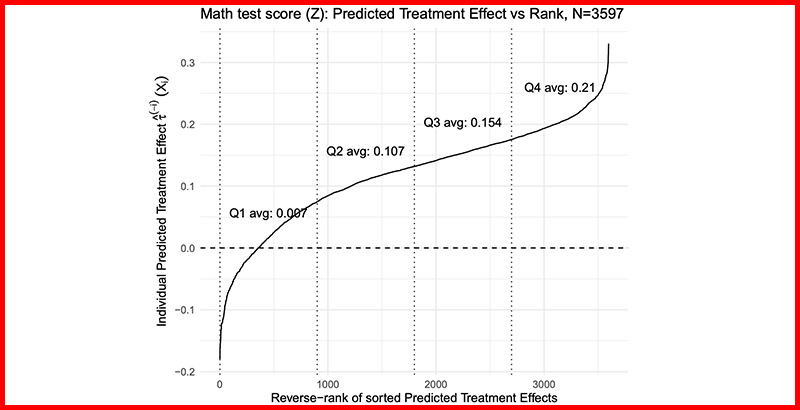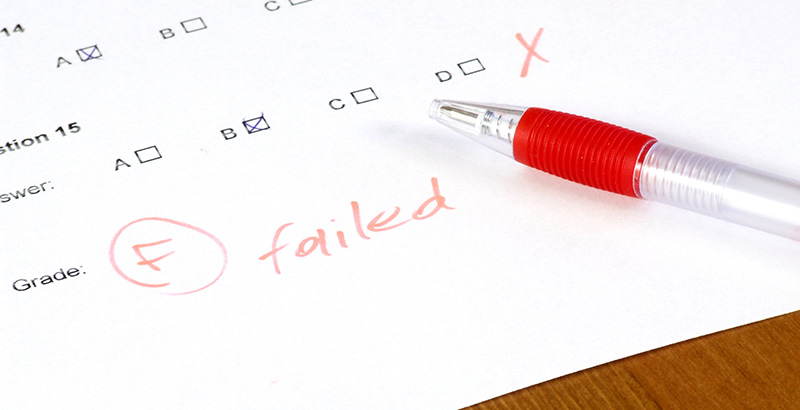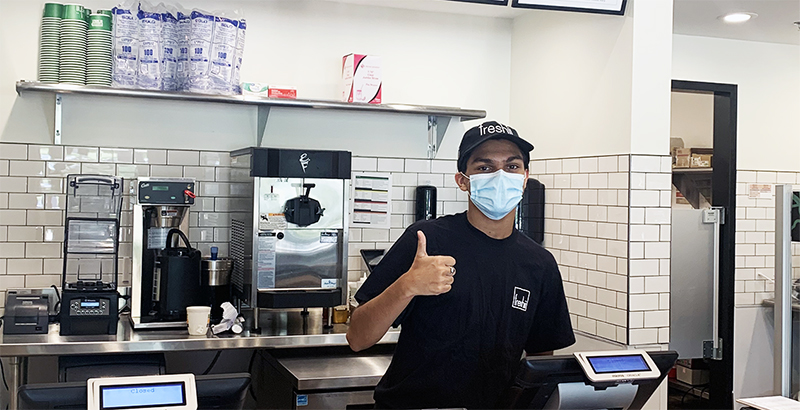Past Is Prologue: 12 Big Challenges From Last School Year That Could Now Define the Fall of 2021 — From Learning Loss to Restoring Trust, Closing Achievement Gaps & More
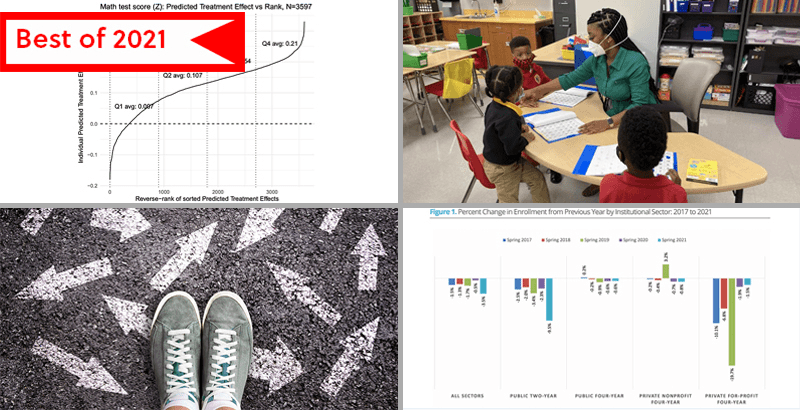
Get essential education news and commentary delivered straight to your inbox. Sign up here for The 74’s daily newsletter.
If the 2019 school year ended in a surge of shutdowns and socially-distanced chaos, the 2020 school year commenced with an unprecedented mix of innovation, improvisation and isolation, as districts rushed to rethink everything from school safety to remote instruction, student nutrition, social-emotional supports and beyond. From fall to spring — through all the spikes in COVID cases, the rolling campus closures, the approval of vaccines for adolescents and the evolving CDC guidance surrounding the spread and mitigation of the disease — school communities did their best to pivot and adapt to the twists and turns that made the past nine months an academic year unlike any other.
Now with nearly every elected official and education leader calling for a full restoration of in-person learning for the 2021 school year, there’s a feeling today, in July of 2021 as we enter the holiday weekend, that we’re taking collective stock of the fallout from the COVID school year — and laying the groundwork for the engagement and interventions that will be required to help all kids make up for lost time.
If the 2019 school year was when things derailed, and 2020 was the year we did the best we could in an impossible situation, 2021 is poised to be the moment the nation turns the page and doubles down on education as a post-COVID priority.
Here at The 74, we’ve been monitoring and covering each new chapter in the pandemic. And as a second school year draws to a close, we wanted to take a quick snapshot of this moment in time: What are our top concerns about students after 15 months of disruption? What are the top issues that need to be addressed through summer school or first thing in the fall? As we look to catch kids up, where do we start — and what solutions have the most promise?
Looking back over the past nine months, at what reporting generated the most interest and sparked the greatest impact, here are 12 important stories about the challenges currently facing students and teachers that could well define the next school year:
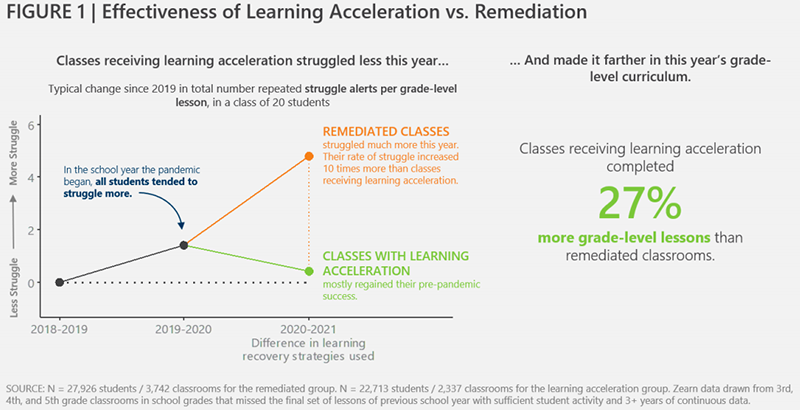
A Better Equation: New Pandemic Data Supports Acceleration Rather than Remediation to Make Up for COVID Learning Loss
Remedial Education? Not So Fast: Education researchers had some advice to offer school leaders in a report that was released in May: As educators decide how to spend federal stimulus dollars and address learning losses in the school year to come, they should consider the lackluster impact of remediation — the typical gap-closing practice of making up missed material before moving on — and new evidence suggesting there’s a better way. TNTP and Zearn analyzed the experiences of 2 million students during the current academic year and found that, on Zearn’s math app, classrooms featuring acceleration — a strategy in which students are challenged by grade-level lessons and instructed in specific missing skills as needed — saw dramatic growth. Students receiving this kind of support completed over 25 percent more grade-level work than they would have using remediation. By contrast, students in remediation continued to struggle. Beth Hawkins talks to the team behind the report about their findings.
—Related: Miami data could offer dire warning of ‘unfinished learning’ nationwide, with 54% of district students testing below grade level in math (Read the full report)
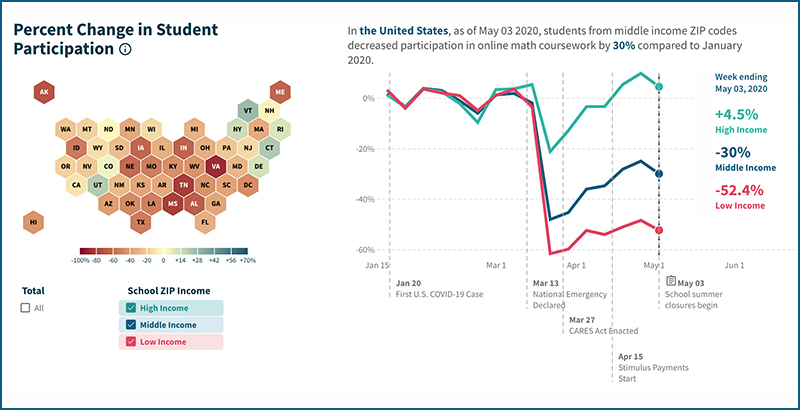
New Data Suggest Pandemic May Not Just Be Leaving Low-Income Students Behind; It May Be Propelling Wealthier Ones Even Further Ahead
Achievement Gaps Have Grown Wider: The pandemic may have exacerbated achievement gaps not only by leaving some students behind, but by propelling more privileged children even further ahead academically. At least that’s what data showed from the earliest months of the pandemic when we covered its release last fall. The numbers, collected and crunched by economists at Harvard University’s Opportunity Insights research group, are from Zearn Math, a free online program for kindergarten through fifth-grade students. But they were the best early measure researchers had for overall engagement with online learning. The program was being used by more than 2.5 million students in more than half the country’s school districts before the COVID-19 shutdown. Researchers used a representative national sample of about 800,000 students from district public, charter and parochial schools to track what happened after that. Read the full report from Laura Fay.
Study: Chicago Tutoring Program Delivered Huge Math Gains; Personalization May Be the Key
The Promising Power of Tutoring: An abundance of research has demonstrated the power of tutoring in boosting students’ academic performance. Now, as families and governments seek the best ways to reverse COVID-related learning loss, a working paper released in March points to some of the most impressive tutoring results yet recorded — and offers a theory about how they were achieved. In two experimental trials in Chicago, the authors find that ninth- and 10th-graders saw huge improvements both in their math test scores and their grade-point averages, with course failures reduced by as much as 49 percent. Particularly impressive, according to co-author Monica Bhatt, is that the effects were generated by a program serving older students, who often see weaker results from education interventions. “I really do think we have to stop asking ourselves, ‘Well, what really works?’ because we have more indications of what works,” Bhatt told The 74’s Kevin Mahnken. “Now we have to figure out how to actually do it in the context of U.S. public schooling.” Read our full report.
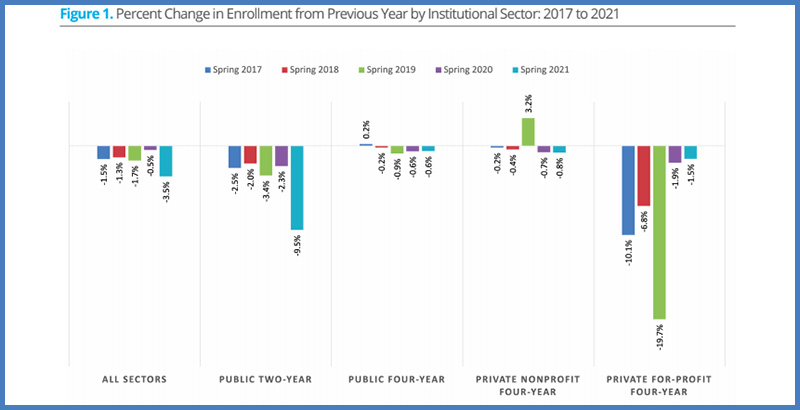
College Enrollment Continues to Plunge, Marking the Worst Single-Year Decline Since 2011
Community Colleges Are In Trouble: Hopes that college enrollment would begin to indicate some signs of resilience in the face of a waning pandemic were dashed again when the National Student Clearinghouse Research Center released more detailed numbers last month. The fuller data set for spring 2021 shows that overall college enrollment fell by 603,000 students, from 17.5 million to 16.9 million — a drop that is seven times worse than the year before, when the pandemic first hit, and marks the steepest year-over-year decline since 2011, the first year the center began keeping track. Community colleges, which enroll the greatest percentages of low-income students and students of color, were hit hardest, declining 9.5 percent, or 476,000 fewer students. More than 65 percent of all undergraduate enrollment losses this spring occurred among community colleges. Author and 74 contributor Richard Whitmire reports on the persistently bad news, wondering, “will enrollments ever recover?”
Analysis: Schools Are Facing a Surge of Failing Grades During the Pandemic — and Traditional Approaches Like Credit Recovery Will Not Be Enough to Manage
How Do We Confront the Failing Grades From the Pandemic?: As we reported in February, the number of failing grades were on the rise across the country — especially for students learning online — and the trend threatens to exacerbate existing educational inequities. The rise in failing grades appeared to be most pronounced among students from low-income households, multilingual students and students learning virtually. This could have lasting consequences: Students with failing grades tend to have less access to advanced courses in high school, and a failing grade in even one ninth-grade course can lower a student’s chances of graduating on time. Addressing the problem, though, won’t be easy. In many school systems, the rash of failed courses could overwhelm traditional approaches to helping students make up coursework they may have missed. In a fresh analysis, Betheny Gross, associate director of the Center on Reinventing Public Education, implores school and district leaders to be especially wary of one long-established but questionable practice: credit recovery. Read more about her warning — as well as her recommendations for how districts should seek to reverse this learning loss.
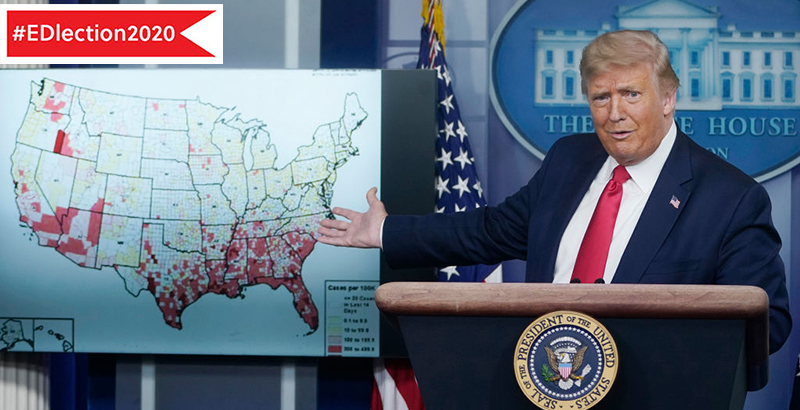
Politics, Not Science, is Driving School Reopening Decisions to a ‘Really Dangerous’ Degree, Research Suggests
School Safety — Science v. Politics: As we reported in October, the 2020 school year quickly exposed a national divide in America’s coronavirus response: Even as some districts were quick to welcome students back to physical classrooms, millions of their classmates were still receiving their education through a screen months later. Now, a growing number of academic and independent researchers are pointing to the influence of politics in determining which districts reopened for in-person instruction. Across several analyses, experts found little or no correlation between the severity of COVID-19 spread and districts’ plans for reopening; in contrast, reopening decisions are shown to be strongly associated with partisan considerations, including the strength of local teachers unions and support for President Donald Trump in the 2016 election. According to Jon Valant, a senior fellow at the Brookings Institution’s Brown Center on Education Policy, while the question hasn’t been settled, the influx of new evidence is “strongly suggestive” that political calculations are weighing heavily on the minds of school authorities: “There’s a long list of issues associated with COVID that should not be politicized, but have been politicized, and it feels as though school reopenings are on that list.” Read Kevin Mahnken’s full report.
‘I Had No Other Option.’ Teens Balance Zoom Classes and Fast-Food Jobs — Sometimes at the Same Time — to Support Struggling Families
When Education and the Economy Collide: As we reported in January, listening to Zoom classes while blending smoothies and cramming homework into breaks between customers were among the ways teens were bending the rules of distance learning to help their families survive amid the pandemic. “It’s not just to pay their cell phone bill. For some of them, it’s like, ‘I need to help my family pay the rent,’” a college and career counselor told reporter Linda Jacobson. One Los Angeles student became the primary earner in her family when both parents contracted COVID-19 and had to quarantine. While some teens are determined to manage their added responsibilities without falling behind, others say they’re less motivated to keep up with remote classes. And counselors said they walk a fine line between being firm and showing empathy for students whose families are struggling. As one said: “I respect the hustle.” Read our full report.
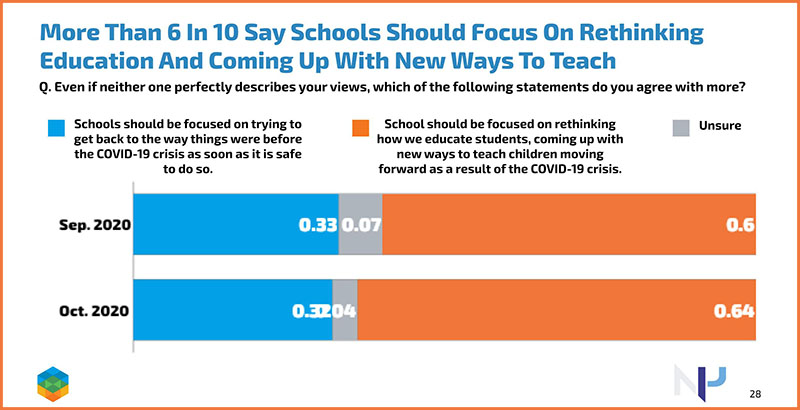
New Poll Finds Parents Want Better Distance Learning Now, Online Options Even After COVID, More Family Engagement
Is Remote Learning Here to Stay?: Parents — and especially Black and Latino ones — are not as eager to send their children back to in-person classes as they are to have access to better, more innovative distance learning, according to a poll conducted last fall on behalf of the National Parents Union. Two-thirds, the survey found, want schools to focus on new ways of teaching as a result of COVID, and 58 percent want online options to continue after the pandemic. While respondents were overwhelmingly positive about their schools’ efforts to meet the moment, more than a third saying their children are learning less — a number that jumps among low-income parents and families of students with disabilities. Fifty-nine percent want less reliance on police in schools, with 75 percent of Black parents saying they favor replacing them with psychologists, counselors and social workers. Beth Hawkins breaks down the results.
—Related: Returning this fall, by popular demand — Virtual school. For communities of color, it’s largely a matter of trust (Read the full report)
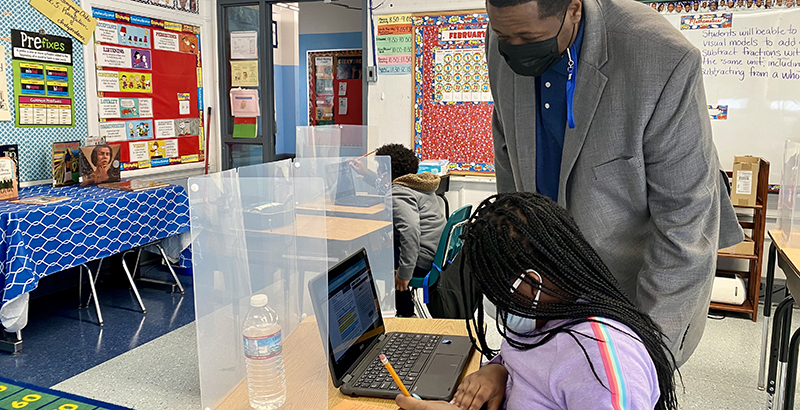
Bucking the Trend: How 2 D.C. Principals Restored Black Parents’ Trust in Returning Kids to the Classroom
Restoring Trust With Families: At Garfield Prep Academy in Washington, D.C.’s majority Black Ward 8, Principal Kennard Branch was pulling out all the stops last February to make worried parents more confident about sending their children back to school: He’s posted self-produced video tours of the building online, secured plastic shields for every desk and is sending kids home with bagged dinners. Principal Katreena Shelby at nearby Kramer Middle School was providing parents with one-on-one building walkthroughs upon request and answering their questions through text messages and calls on her personal cell phone. At both schools, more students had returned for in-person learning — and the principals believe these efforts at family outreach were the reason why. “It has been a struggle districtwide to really get parents interested in sending their students back,” Shelby told The 74’s Taylor Swaak. “Our school culture plays a large role in [our momentum]. … Relationships and rapport have helped us.” Read our full report.
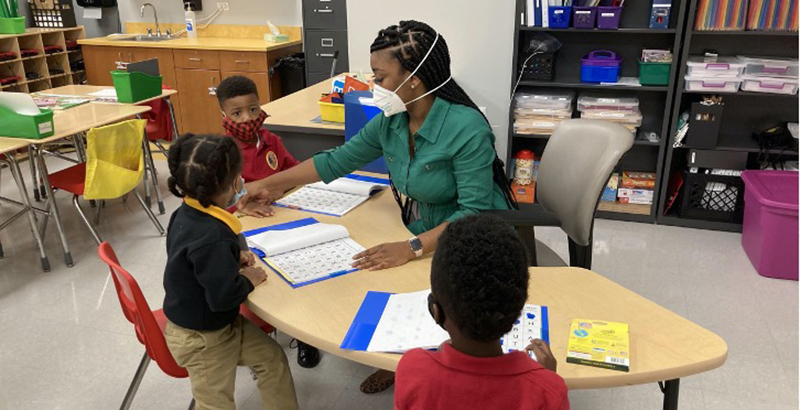
How New Orleans Schools Are Making Up Special Education Losses From the Spring Pandemic Shutdown — and Why the Process Could Improve Distance Learning This Fall
Ensuring Students Receive ‘Compensatory Services’: Even in normal times, families of children with disabilities must often fight to get the special education services they are entitled to. During distance learning, those services disappeared at many schools, leaving desperate parents without solid plans to stanch learning losses. But a number of New Orleans schools offered a hopeful model last school year. Prodded by Louisiana education officials not to wait to begin making up for missed therapies and interventions special education students depend on, many began providing what special educators call compensatory services during the summer of 2020. Advocates credited the state’s push for helping teachers and principals take stock of what has and hasn’t worked for children with disabilities, both in brick-and-mortar schools and in remote learning. “It made schools really think through their re-entry,” a community leader who reviewed schools’ reopening special education plans tells Beth Hawkins. “We have to reimagine instruction, because when we didn’t do it before, we saw what happened.”
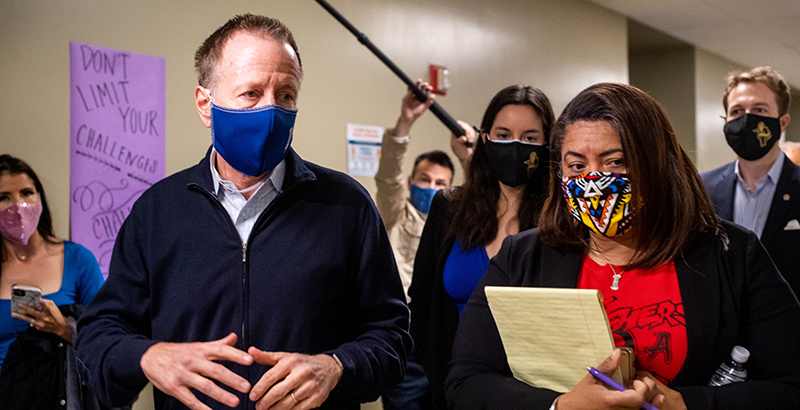
Court Documents Reveal How L.A. Teachers Union Gained Upper Hand in Pandemic Negotiations, Limiting Instruction Time
District-Union Collaboration: As the Los Angeles Unified School District prepared to reopen elementary schools this past spring, recently released court documents provided a rare glimpse into negotiations between the district and United Teachers Los Angeles in the summer of 2020. The district’s labor chief pushed to improve on the four-hour schedule for teachers that was the norm in spring of 2020, telling the union’s team he wanted “to see the workday mirror or parallel a regular workday,” which had been eight hours pre-COVID, and that the district “can’t shortchange the students.” But between mid-July and December of last year, the union won on that and several more points, ultimately securing, on average, a six-hour day. The district’s relatively weak position in Los Angeles is a contrast to Chicago and New York, where mayors control the schools, the University of Nevada Las Vegas’s Bradley Marianno told reporter Linda Jacobson. Parents largely supported Los Angeles teachers two years ago when they went on strike, but “now we’re talking about actual disruption to school for a long period of time,” he said. “Parents have an ability to separate their beliefs about teachers from their beliefs about teachers unions.” Read the full report.
7 Ways American Education Could Change Forever After COVID
A New Normal For America’s Schools?: A Nation at Risk, President Ronald Reagan’s 1983 blue-ribbon panel’s review of American public education, is frequently referenced as the benchmark and starting flag of the reform movement. But in a new essay published last fall, contributor John M. McLaughlin argues that its 37-year reign as the reference point for educational progress is over. The pandemic, he writes, has now taken the pole position: “It will be the new reference point for the evolution of public schooling, and changes as a result of COVID-19 will be more rapid and far-reaching than any measures of the past 37 years.” From fiscal restructuring to reconfigured school days, millions of new homeschoolers and a renewed push for both individualized instruction and parental choice, McLaughlin says there is no going back to a pre-COVID world for public education — and that while the coming evolution will be messy and varied, the results will be a wider array of options for families and education structures that better reflect the society they serve. Read more about the seven ways education could change forever.
Get essential education news and commentary delivered straight to your inbox. Sign up here for The 74’s daily newsletter.
Get stories like these delivered straight to your inbox. Sign up for The 74 Newsletter


